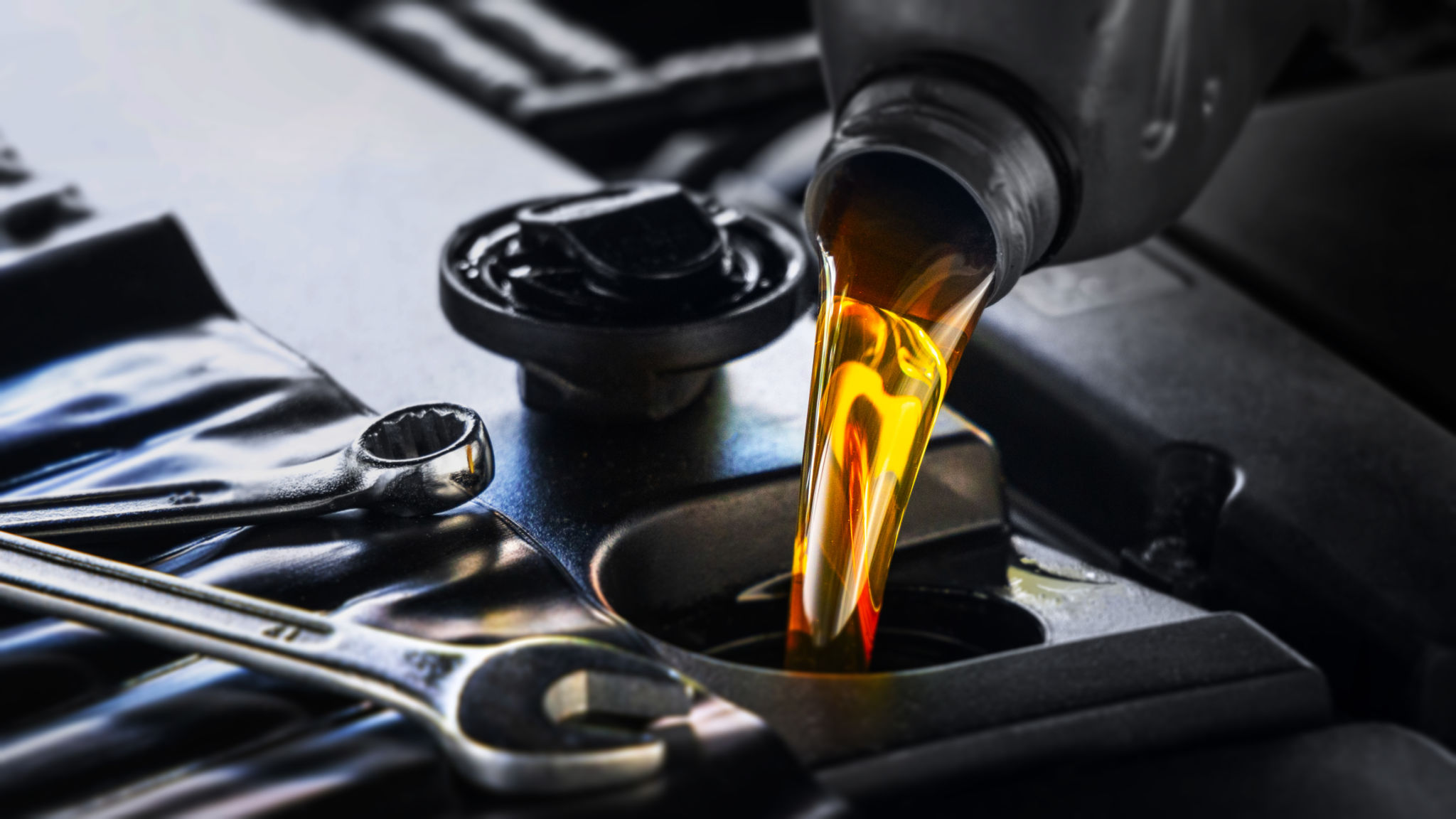DIY Fleet Maintenance: What You Can Do and When to Call the Pros
Introduction to DIY Fleet Maintenance
Managing a fleet of vehicles is no small task, and keeping them in top condition is crucial for operational efficiency. While professional maintenance is essential, there are several tasks that fleet managers and drivers can handle on their own. This not only saves time and money but also ensures that minor issues don’t escalate into major problems.

Basic Maintenance Tasks You Can Do Yourself
There are several basic maintenance tasks that can be easily completed by those familiar with the vehicles in their fleet. These tasks generally require minimal tools and expertise, making them perfect for DIY enthusiasts.
Regular Inspections
Performing regular inspections is one of the simplest yet most effective ways to maintain your fleet. These inspections should include checking fluid levels, tire pressure, lights, and brakes. Regular checks can help identify potential issues before they become serious.
Fluid Top-Ups
Ensuring that all fluids are at the correct levels is vital for vehicle performance and longevity. This includes oil, coolant, brake fluid, and windshield washer fluid. Keeping these fluids topped up can prevent engine damage and improve safety.

Intermediate Maintenance Tasks
For those with a bit more experience or training, intermediate tasks can be tackled without needing to call in the pros. These tasks might require some additional tools but can be handled with care and attention to detail.
Battery Maintenance
Batteries can often be the source of vehicle problems, especially in colder climates. Regularly checking the battery’s charge and cleaning corrosion from terminals can extend its life. Replacing a battery is also a straightforward task for those with basic tools.
Tire Rotation and Alignment Checks
To ensure even tire wear, rotating your fleet's tires every 5,000 to 8,000 miles is advisable. This not only prolongs tire life but also improves fuel efficiency. Additionally, checking wheel alignment can prevent uneven wear and enhance vehicle handling.

When to Call the Professionals
While DIY tasks can cover a lot of ground, there are certain situations where it’s best to call in professional help. Attempting complex repairs without the necessary expertise can lead to more harm than good.
Engine Repairs
The engine is a complex component that requires specialized knowledge to repair or tune. Any signs of engine trouble, such as unusual noises or warning lights, should be addressed by a professional mechanic. Ignoring these signs can lead to costly damage.
Transmission Issues
The transmission system is another intricate part of a vehicle that requires expert attention. Symptoms like slipping gears or delayed engagement indicate the need for professional diagnostics and repair. Proper handling by a specialist ensures the longevity of the vehicle.

Conclusion: Balancing DIY and Professional Services
By understanding what maintenance tasks you can handle yourself and when to call in the experts, you can better manage your fleet’s upkeep efficiently. Striking the right balance will keep your vehicles running smoothly while optimizing maintenance costs. Whether you’re performing routine checks or scheduling professional services, proactive maintenance is the key to a reliable fleet.
